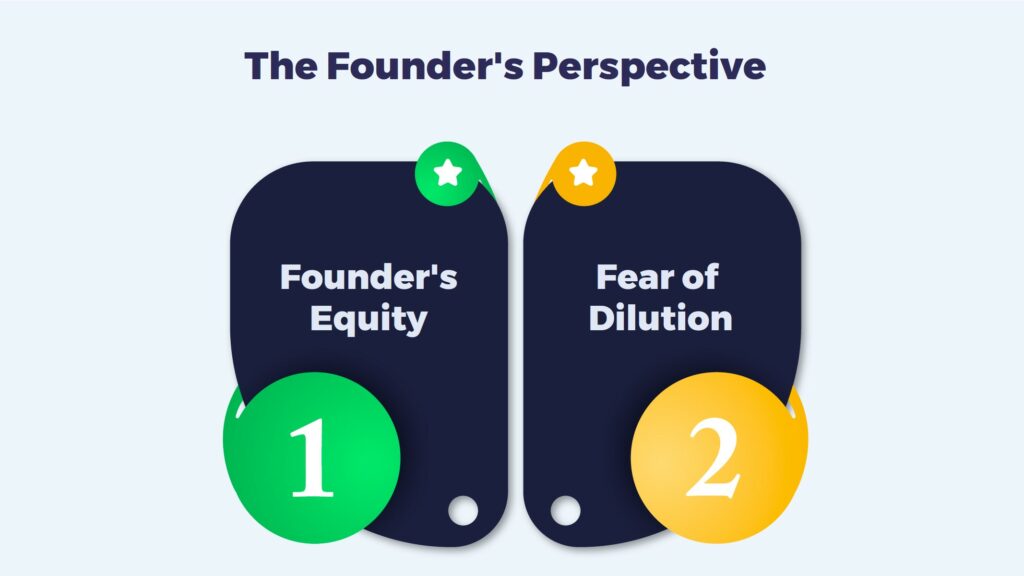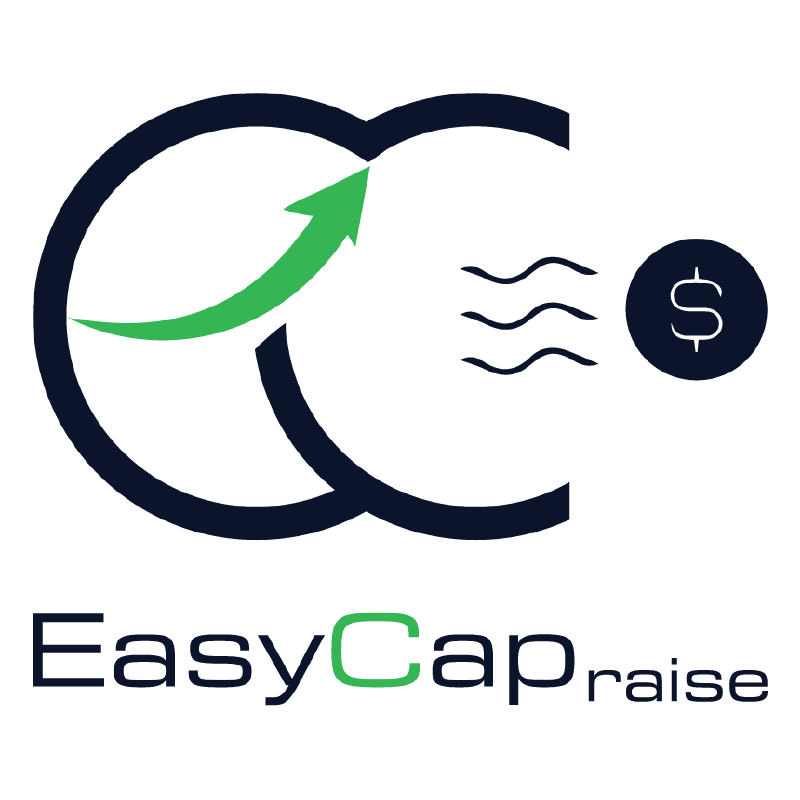Cap Table Control Wars: Founders vs. Investors
In the dynamic world of startups and entrepreneurship, a critical battleground often emerges known as the “Cap Table Control Wars.” This battle unfolds between the founders, the visionary architects of a startup, and the investors, who provide the much-needed capital. In this article, we will delve deep into this fascinating power struggle, exploring the intricacies, implications, and strategies that define this struggle for control.
The Basics of a Cap Table
Before we dive into the cap table control wars, let’s lay down the foundation with an understanding of what a Cap Table is and why it’s so crucial.
What is a Cap Table?
A Cap Table, short for Capitalization Table, is a document that outlines a company’s ownership structure, detailing who owns how much equity. It’s a snapshot of the equity stakes held by various stakeholders, including founders, early employees, and investors.
Unlock your business’s full potential with Easy Capraise. Let us be your trusted partner in raising capital and finding the right investors at every stage of your journey. Ready to elevate your funding game? Get started today!
The Founder’s Perspective
Founders are the dreamers and architects of a startup. They bring the idea to life, nurture it, and often invest significant amounts of time, energy, and resources into their brainchild. Naturally, they want to retain control over their vision.

Founder’s Equity
One of the key weapons in the founder’s arsenal is equity. They start with a substantial portion of it, as they typically own a majority of the company’s shares initially. However, as the company grows and seeks external investments, this balance can shift.
Fear of Dilution
Founders must navigate the treacherous waters of dilution. When they seek additional investments, they issue new shares, which can lead to a reduction in their ownership percentage. This is a necessary evil to raise capital, but it’s also where the control wars often begin.
Seed Stage
Founders: At the seed stage, founders typically hold the lion’s share of the equity, often around 80-90%. This significant ownership allows them to maintain control and execute their vision.
Early Team Members: Early employees or key team members may receive small equity grants, typically ranging from 5-10%, as a reward for their contributions and commitment to the startup’s success.
Angel Investors: Angel investors who provide the initial funding might receive convertible notes or equity, usually in the range of 5-20%, depending on the investment amount and valuation.
Advisors and Mentors: Advisors or mentors may receive small equity grants, often less than 1%, for providing valuable guidance and industry expertise.
Series A Stage:
Founders: Founders may see a slight dilution in their ownership, dropping to around 60-70%, as they seek substantial investments to scale the business.
Early Team Members: The equity percentage for early team members remains relatively stable, with minor dilution, typically in the 4-8% range.
Venture Capital (VC) Investors: Series A often involves VC investors who may take a significant portion of equity, typically in the range of 20-30%, to fund growth and expansion.
Series B Stage:
Founders: By Series B, founders may have their ownership further diluted to approximately 40-60% as the company continues raising larger capital.
Early Team Members: Early team members might see a similar pattern of dilution, with their equity now ranging from 3-6%.
VC Investors: VC investors in Series B often acquire a significant stake, around 30-40%, as they support the startup’s growth into a more mature company.
Strategic Investors: In some cases, strategic investors or corporate partners may enter at this stage, taking a share of around 5-15%.
It’s important to note that these percentages can vary widely based on factors like the startup’s valuation, the founders’ negotiation skills, and the business’s attractiveness to investors. Additionally, companies may issue stock options and grants to employees and use equity incentives to attract top talent, which can also impact the Cap Table. Founders should carefully consider the trade-offs between ownership and capital infusion at each stage of their startup’s journey.
The Investor’s Perspective
Investors, on the other hand, see startups as lucrative opportunities. They inject capital into these promising ventures with the expectation of significant returns. To protect their interests, they may demand certain rights and control mechanisms.
Preferred Stock
Investors often acquire preferred stock, which grants them special privileges. These privileges can include a say in major decisions, protection against dilution, and even a veto on crucial matters.
Protecting Their Investments
Investors aim to protect their investments and mitigate risks. This often means asserting control to ensure that the company’s trajectory aligns with their vision of profitability.
The Tug-of-War
The control wars between founders and investors typically revolve around several critical battlegrounds:
Decision-Making
Founders want to retain the power to make key decisions that shape the company’s direction, while investors seek a voice in these decisions to safeguard their investments.
Governance
The allocation of board seats and the ability to appoint key executives can become contentious issues as both parties vie for control over the company’s leadership.
Exit Strategies
Founders may be inclined to stay the course and build a lasting legacy, while investors often aim for a quicker exit to realize their returns.
Strategies for Balance
Balancing the interests of founders and investors is a delicate art. Here are some strategies that can help:
Clear Communication
Open and honest communication between founders and investors can alleviate misunderstandings and build trust.
Legal Agreements
Robust legal agreements, such as shareholders’ agreements, can define the roles, rights, and responsibilities of each party clearly.
Experienced Mediation
Having experienced advisors or mediators can help navigate complex negotiations and find mutually beneficial solutions.
FAQs
What is a Cap Table?
A Cap Table, or Capitalization Table, is a document outlining a company’s ownership structure, detailing who holds how much equity, including founders, early team members, and investors.
How does the founder share change in the seed stage?
During the seed stage, founders typically hold the majority of equity, often around 80-90%, enabling them to maintain control and execute their vision.
What happens to founder ownership during the Series A stage?
In the Series A stage, founders may experience a slight dilution, reducing their ownership to about 60-70%, as they seek substantial investments to scale their startup.
How can founders and investors balance their interests in the control wars?
Balancing interests involves clear communication, legally sound agreements, and experienced mediation to navigate complex negotiations, ensuring the company’s growth and profitability while safeguarding investments.
Conclusion
In the exhilarating journey of startups, the Cap Table Control Wars persist as a defining challenge, pitting founders against investors in a strategic battle for influence. The equilibrium of power constantly shifts as startups evolve through various funding stages, with founders’ equity diminishing and investors’ influence growing. Nevertheless, effective communication, meticulous legal agreements, and expert guidance can help these stakeholders strike a balance between control and capital, fostering the growth and success of innovative ventures.
Contact us
Good to have you here! If you have any queries, please leave your message. Our team will reach out soon:)
.








